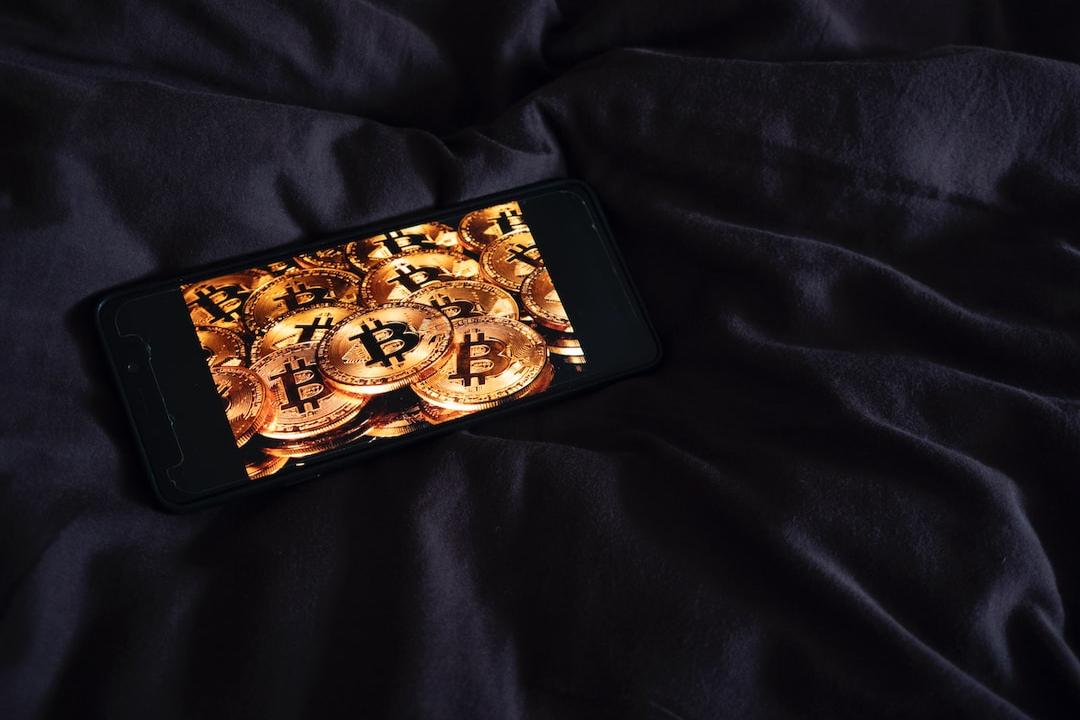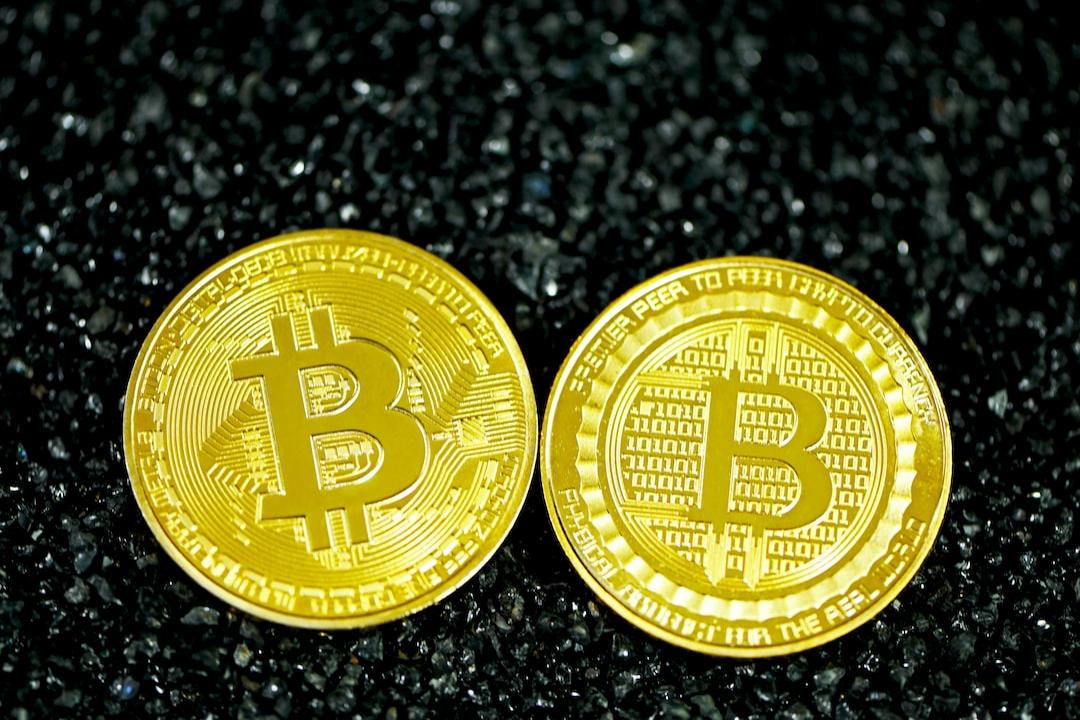U.S. Magazine The Atlantic’s Editor Unexpectedly Drawn into White House Officials’ Signal Group Chat, Yemen Attack Plans Exposed
The editor of the U.S. magazine The Atlantic, Jeffrey Goldberg, revealed an amusing story this week: he was “mistakenly added” to a Signal chat group named “Houthi PC” by senior U.S. national security officials, including Vice President Vance and Secretary of Defense Hegseth. In this chat, they mocked Europe and discussed in detail the military strike plans against the Houthi armed forces in Yemen, just two hours before actual U.S. military actions took place.
This seasoned journalist was initially skeptical; he could not believe that high-ranking U.S. national security officials would discuss such confidential military operations on a commercial instant messaging platform. He was even more incredulous that the President’s National Security Advisor would so “recklessly” include a media editor in such discussions.
However, when he saw Secretary of Defense Hegseth disclosing detailed operational plans for a strike scheduled in two hours—including target details, weapon deployments, and attack sequences—which indeed occurred afterward, he had to accept this absurd reality.
As the incident came to light, Vice President Vance, Secretary of Defense Hegseth, Secretary of State Rubio, and CIA Director Ratcliffe became the subjects of ridicule. The emojis used in the group chat also became a viral meme online.

This incident perfectly illustrates the so-called “grassroots theory,” where an organization that appears orderly and authoritative to outsiders may be far more chaotic and improvised within. The world’s most powerful government is, in fact, conducting business through online group chats, and even making low-level mistakes like “adding the wrong person.”
As for the chat platform Signal, its use is both unexpected and understandable.
Signal is not new to the spotlight. Before becoming an unexpected “witness platform” for U.S. military operations, this messaging app gained widespread recognition from the tech community and privacy advocates for its exceptional privacy protection capabilities. High-profile individuals like Tesla CEO Elon Musk and whistleblower Edward Snowden have publicly praised Signal.
In early 2021, when WhatsApp announced updates to its privacy policy, Musk simply tweeted “Use Signal,” leading to a surge in Signal downloads that temporarily crashed its verification system.

Seen as a representative of privacy advocates, Snowden declared back in 2015: “I use Signal every day.” He regards Signal as one of the most secure communication tools available on the market.
This incident also brought a wealth of exposure to Signal, with its download numbers on the Android store surpassing WhatsApp, briefly ranking first. Signal’s official X account tweeted: sometimes merely saying “thank you” in one way is not enough, so merci, danke, and bedankt (expressions of thanks in other languages).

Signal’s core advantage lies in its advanced end-to-end encryption technology, ensuring that all communication content (including text, voice, video, and emojis) can only be interpreted by the sender and recipient. Even if communications are intercepted, eavesdroppers see nothing but meaningless strings.
This encryption mechanism is so secure that even Signal itself cannot read users’ communication content, does not collect metadata, does not store call logs, and does not perform cloud backups, fundamentally eliminating the possibility of data leaks.
It is this near “impenetrable” privacy protection capability that makes Signal the preferred tool for individuals worldwide who require confidential communication.
From journalists and human rights activists to political dissenters, many in sensitive positions rely on Signal to protect their communication security. Activists in Latin America helping women seek abortion rights, defectors escaping espionage, attorneys from the National Lawyers Guild, leaders of the Black Lives Matter movement, and even former terrorist organization ISIS members are part of Signal’s new user base—former officials from the Trump administration.
When both the U.S. government and its adversaries are “working online” on the same communication platform, it indeed creates a surreal, cyberpunk-like absurdity: those wielding great power are using a tool created by an anarchist to exercise their authority.
This anarchist is named Moxie Marlinspike.
The Most Interesting Person in the World
Moxie Marlinspike, the founder of Signal, is a legendary and mysterious figure in the tech world. The cryptographic genius, whose real name is Matthew Rosenfeld, not only created the world’s most secure messaging software but also lives an incredibly adventurous life, being referred to by Snowden as “one of the most interesting people on Earth.”
Marlinspike grew up in central Georgia, showing a dissatisfaction with conventional education and a talent for technology from an early age. He loathed the dull tasks in school that stifled curiosity but discovered the joy of programming on a rudimentary computer in the school library that had no hard drive and couldn’t even store code.
By the age of ten, he discovered the hacker classic magazine “2600” at a local bookstore and began his journey into hacking. When his mother bought him a cheap desktop computer, young Marlinspike was already able to “ambush” friends on their computers, causing messages to suddenly pop up on their screens and scare them.
In 1999, fueled by a fascination with the cyberpunk world, Marlinspike moved to Silicon Valley after graduating high school, only to find that it consisted of “office parks and highways,” far removed from the future world described in William Gibson’s novels.
He quickly found a programming job at Web-Logic, but after entering the tech industry, he grew tired of “spending 40 hours a week at a keyboard.” Over the following years, Marlinspike lived in the San Francisco Bay Area…
Almost Punk Life
—— From squatting in abandoned buildings to moving into an old post office warehouse, participating in political protests, and reading the works of anarchist theorists like Emma Goldman. This period of experience profoundly shaped his critical thinking about authority.
Unwilling to settle for mediocrity, Moxie Marlinspike’s life is filled with incredible adventures. He once rode a bicycle across San Francisco while carrying a 12-meter high sailboat mast; he self-taught himself to fly a hot air balloon, only to crash in the desert, which left him using a cane for a month; he even had friends witness his miraculous performance of betting hundreds of dollars in rock-paper-scissors without ever losing.
In 2003, he decided to learn sailing, spending all his savings to buy an old 27-foot Catalina sailboat, and then set off alone from San Francisco Bay to Mexico, teaching himself through trial and error along the way. The following year, he filmed the DIY sailing documentary Hold Fast, chronicling his adventure with three friends sailing a leaky “Plague Ship” from Florida to the Bahamas, ultimately abandoning the ship in the Dominican Republic.
Perhaps it was this pursuit of freedom and questioning of authority that led Marlinspike to establish Signal. In 2010, he launched TextSecure (the predecessor of Signal), beginning his revolutionary work in the field of encrypted communications. When Snowden first met Marlinspike in Moscow in 2015, he described the cryptographer as “incredibly interesting, amazing, super fun, and wild.”
Marlinspike has always maintained a high regard for personal privacy, almost never discussing his personal life, including his age, hometown, or even his real name. This obsession with privacy is also reflected in Signal, a communication tool that does not collect user data, does not store communication records, and is fully end-to-end encrypted.
Unlike many tech founders, Marlinspike does not pursue commercial success. The Signal Foundation operates as a non-profit organization, relying primarily on donations, including a $50 million initial donation from WhatsApp co-founder Brian Acton.
Signal Encounters Cryptocurrency, FTX Loses Hundreds of Millions
As a staunch anarchist and privacy advocate, Marlinspike has intersections with cryptocurrency. The decentralization, censorship resistance, and privacy protection characteristics of cryptocurrencies like Bitcoin align philosophically with Marlinspike’s initial intent in establishing Signal — to provide communication tools free from government or corporate surveillance — both stemming from the cypherpunk movement that seeks to protect personal freedoms and privacy through cryptographic techniques.
In April 2021, Signal announced the integration of the privacy payment project MobileCoin, supporting payments using MobileCoin. Following this announcement, the MOB token saw a continuous surge, increasing sixfold over 14 days and eightfold over 30 days.
The reason behind the soaring price was later revealed: an FTX client engaged in massive leveraged trading on MobileCoin (MOB), pushing the price from $6 to nearly $70, using its large positions for collateralized lending. However, the price of MOB quickly fell back to pre-surge levels, prompting Alameda, also owned by FTX founder SBF, to intervene to protect FTX’s liquidity, resulting in Alameda incurring hundreds of millions in losses.
The integration of MobileCoin also sparked significant controversy for Signal. Reports indicated that Marlinspike had served as a technical advisor for MobileCoin and might hold a substantial amount of the coin. This raised questions among some users about whether Signal was straying from its non-profit intent towards commercialization.
Marlinspike responded by stating that Signal chose MobileCoin because it offered the best privacy protection and user experience, rather than for personal gain.
Despite his connections to cryptocurrency, Marlinspike is also a critic of it. In early 2022, he published a widely circulated blog post titled My first impressions of web3, questioning the decentralization promises of Web3 and blockchain technology. He pointed out that while blockchain protocols themselves are decentralized, the ways users access these protocols are often highly centralized, relying on wallets like MetaMask and infrastructure services like Infura.
Marlinspike also conducted an experiment: he listed an NFT that would change its appearance based on where you viewed it. When browsing on OpenSea or Rarible, it appeared as a piece of art; however, after purchasing it and viewing it from a wallet, it turned into an emoji of a pile of poop! Subsequently, this NFT was removed from OpenSea for unspecified reasons, and to his dismay, after the NFT was delisted, the NFT he had in his wallet (self-bought) also disappeared!

Marlinspike believes that a true decentralized system should be one “where people can participate directly without any third-party permission or mediation.” Ethereum founder Vitalik Buterin quickly responded on Reddit to this article, largely agreeing with Marlinspike’s points, stating that it was a fair critique of the current state. He noted that many developers and researchers are eager to utilize cryptography to improve the entire ecosystem and realize the ideals of decentralization.
The current tendency towards centralization is indeed because it is a simpler and faster method, while the slower pace of decentralized development stems from a lack of technical resources and funding, encountering numerous technical challenges along the way. However, many of the larger challenges have now been addressed, so Vitalik remains optimistic about future developments.
Despite Marlinspike’s critical stance towards cryptocurrency, the story of Signal and the cryptocurrency world continues to intertwine, sharing the mission of protecting user privacy and resisting centralized control.
In this age of constant struggle between encryption and decryption, privacy and surveillance, Signal has become a unique entity — it is both a symbol of resistance and a tool of power; it is both a fortress of privacy and a stage for unintended leaks. Signal is a ship carrying a diverse array of passengers, from government officials to anarchists, from cryptocurrency enthusiasts to ordinary users, sailing towards a more chaotic future.


